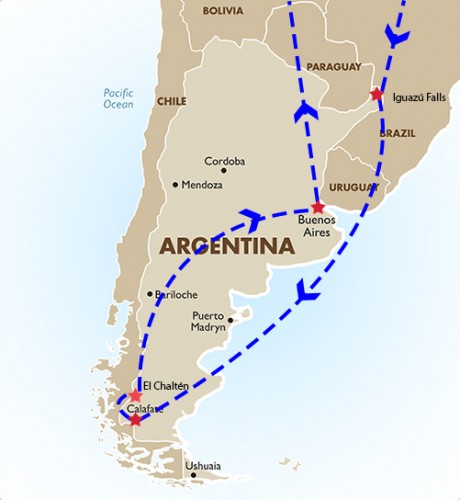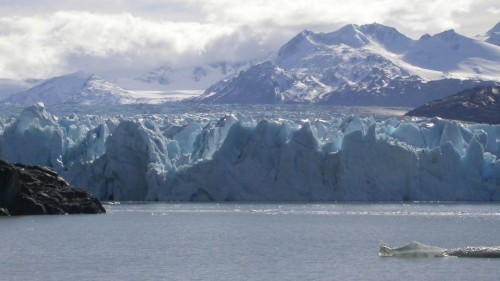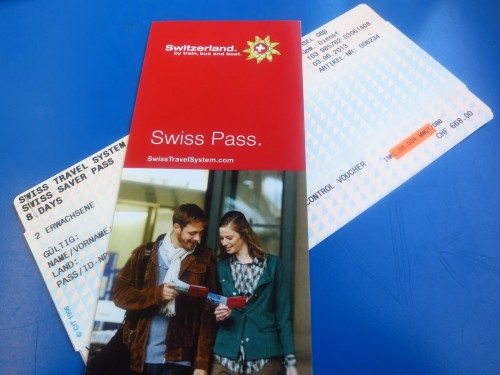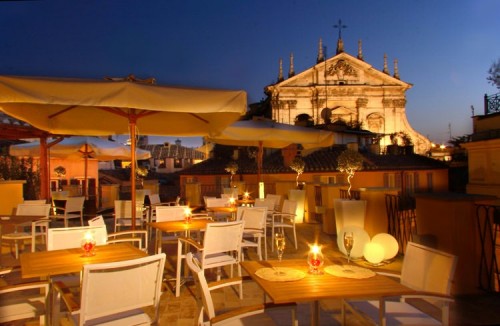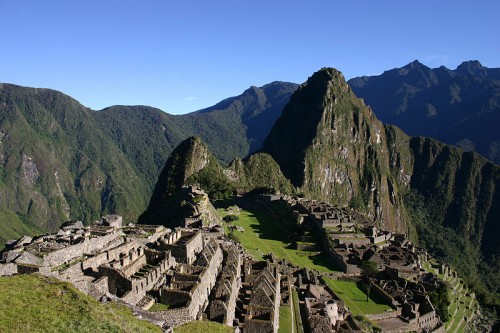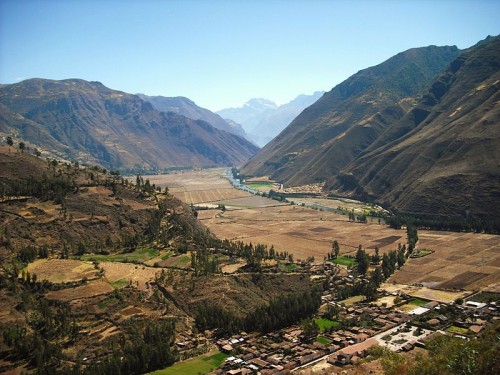We’re going to Argentina! We’ve been wanting to go back to South America ever since we got back from Peru, and we’re finally able to make it happen this year. We’ve booked our flights into and out of Argentina and one of our hotels but other than that, nothing is set in stone. That doesn’t mean we haven’t been thinking and planning, though! We have a very good idea of things to do and places to stay, but just haven’t finalized or booked anything yet.
We have about 2 weeks in Argentina, and here is the high-level plan:
So, we’re starting up north in Iguazú Falls, and I’ve already booked the Sheraton Iguazú Resort & Spa, which is actually inside the national park. It worked out great for us because I was able to book free nights (16,000 starpoints/night), and we will hopefully be some of the first people in the park both days. The rate includes a free buffet breakfast (comparable rate for booking 3-4 months out would be $264-$330 USD, depending on whether you wanted the flexibility to cancel and pay upon arrival). We’ll fly in on a Friday, and spend Saturday on the Brazilian side and Sunday on the Argentine side before flying down to Patagonia on Monday.
We are planning to spend about one week in Argentine Patagonia, splitting time between El Calafate and El Chaltén. I can’t wait to see the glaciers, go hiking, and explore the southern part of Argentina. We haven’t quite figured out the split between the two cities, but we are leaning toward 3 nights in El Calafate and 4 nights in El Chaltén. We plan to take a one-day cruise in El Calafate, as well as trek across one of the glaciers, Perito Moreno. In El Chaltén we plan to hike several day hikes, weather permitting. Just for fun, here’s a view of the glaciers that we will (hopefully) see on our cruise in El Calafate:
This picture is from the MarPatag site, which is one of the companies we are considering for the cruise. They have two-night cruise that looks very luxurious and has been tempting us, but right now we’re sticking with the full-day cruise because it’s more practical (and a lot more cost effective).
Our last stop will be in (and around) Buenos Aires. Right now we are looking to spend 5 nights there and fly out late on Saturday night. One of my good friends just spent 3 months in South America and she advised us not to spend too much time in Buenos Aires. However, we plan to do a couple of all day side trips, so I’m hoping that we won’t be bored after only 5 days and nights. Plus, our research so far gave us a lot of good ideas for activities to do in Buenos Aires, so I’m confident we’ll enjoy our time here.
That’s all we have for now – since we do like to plan ahead, I’m sure we will be booking some things (like our activities in El Calafate and any day trips from Buenos Aires), but we’ll try to leave in some flexibility in case we change our minds once we are down there. I’m looking forward to our second trip to South America!

